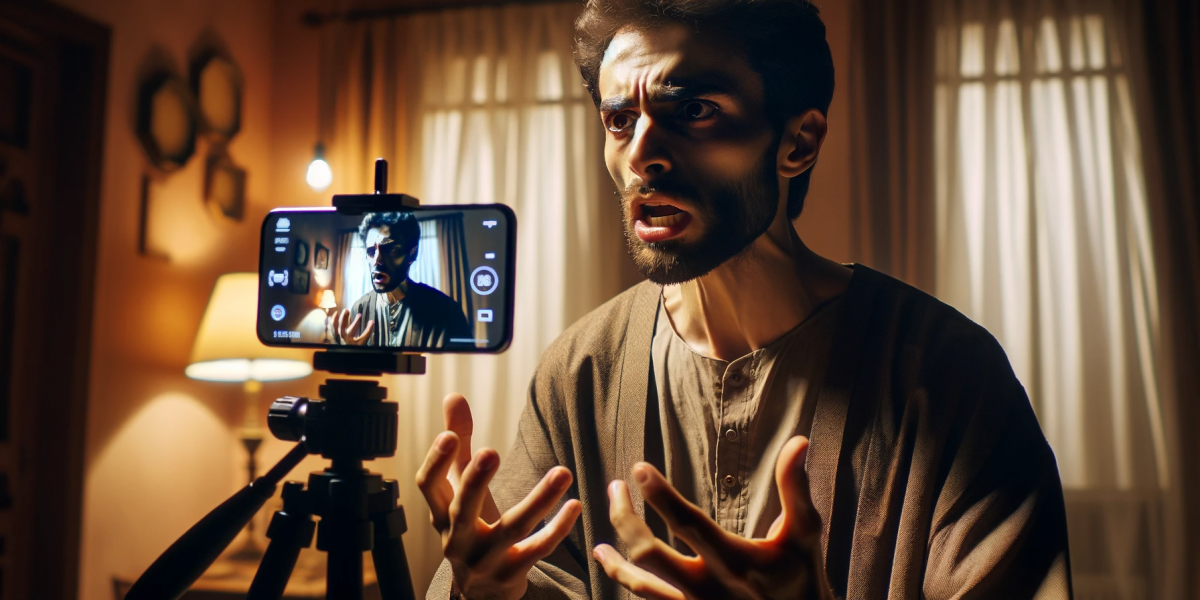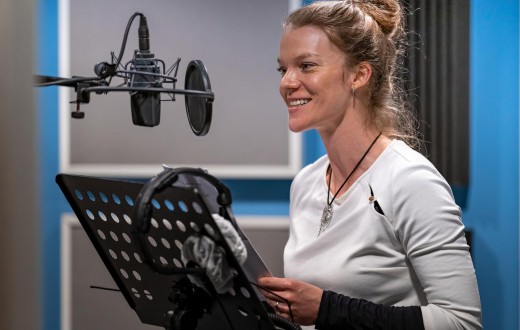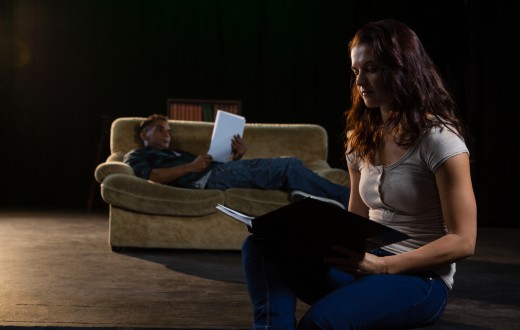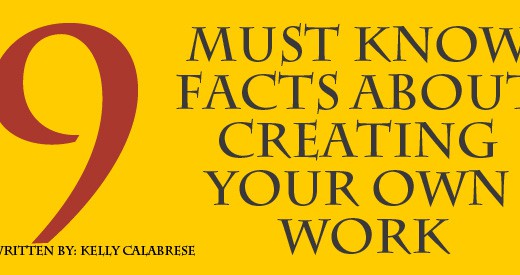The auditioning landscape has undergone a dramatic shift in recent years, particularly with the advent of virtual technology. Today’s actors are often required to navigate between the traditional in-person auditions and the increasingly prevalent virtual audition format. This hybrid environment demands a new set of skills and adaptations. Let’s explore key strategies and tips for excelling in both virtual and in-person auditions, focusing on aspects like technical setup, presentation skills, and how to effectively convey presence and personality in these different settings.
Understanding the Hybrid Audition Environment
The hybrid audition environment combines elements of both traditional and digital worlds. While in-person auditions focus on physical presence and direct interaction, virtual auditions challenge actors to communicate their talent through a screen. This requires a different approach to performance, as well as an understanding of the technicalities involved in setting up a virtual audition space.
Challenges During a Virtual Audition
I was going to save the challenges for another article, but I changed my mind.  Here we go!
Here we go!
Limited Physical Space: Virtual auditions often confine actors to a small, fixed frame, usually showing them from the chest or waist up. This limitation restricts the use of full-body language and movement, which are crucial aspects of physical acting. Actors must adapt by conveying emotions and character traits more intensely through facial expressions, vocal modulation, and upper body movements.
Technical Issues: The smoothness of a performance can be hampered by subpar video quality, audio hiccups, and unreliable internet connections, which in turn may influence the audience’s perception of an actor’s skills. These technical problems can divert the actor’s attention and have an adverse effect on their concentration and overall performance.
Eye Contact and Connection: In a traditional audition, actors can make direct eye contact with the casting directors, creating a powerful connection. In a virtual setting, achieving this connection is challenging as actors must look at the camera to simulate eye contact, which can feel unnatural and hinder the authenticity of their performance.
Environmental Control: Actors have limited control over their environment in virtual auditions. Unwanted background noise, lighting issues, and interruptions can affect the quality of the audition. Creating a professional, distraction-free environment is sometimes difficult to achieve.
Conveying Presence and Charisma: Capturing the essence of presence and charisma through a screen is challenging. Actors need to find ways to project their energy and personality in a way that translates effectively through digital media.
Feedback and Direction: In-person auditions often allow for immediate feedback and direction, enabling actors to adjust their performance on the spot. Virtual auditions may lack this interactive element, making it harder for actors to gauge how well they’re doing or to make real-time improvements.
Emotional Resonance: Conveying the subtleties of emotion through a screen is another one of the great challenges. Actors must find the balance between underplaying and overacting to ensure their emotional expressions are clear and impactful through the camera.
Technical Preparation: Apart from performance preparation, actors also need to invest time in setting up their technical equipment, ensuring proper framing, lighting, and sound quality. This added layer of preparation can be daunting, especially for those not technologically inclined.
Adapting to Different Formats: Different casting directors and projects may have varying requirements for virtual auditions, such as self-tapes, live Zoom auditions, or specific framing and backdrop requests. Adapting to these different formats requires flexibility and a range of technical skills.
Building Rapport: Establishing a rapport with casting directors or other actors through a screen is definitely challenging, as subtle in-person interactions are often lost in virtual environments. During the audition, you should exhibit professionalism through punctuality, preparedness, and a positive attitude, which conveys respect for their time and effort. Engaging in brief, friendly conversation can help to establish a personal connection, but it’s more important to be mindful of their time constraints.
And now back to our regularly scheduled programming. 
Excelling in Virtual Auditions
Technical Setup: The first step to a successful virtual audition is ensuring a professional technical setup. This includes a stable internet connection, good quality camera, and clear audio. Invest in a decent microphone and webcam if possible. Lighting is also a big deal – natural light is best, but if not possible, use soft artificial lighting to avoid harsh shadows.
Check out the Rode VideoMicro Vlogger Kit for Mobile Phones.
Background and Framing: Choose a neutral, clutter-free background. Ensure that you’re framed correctly – typically from the chest up for a medium shot. This framing helps in maintaining a connection with the viewer while providing enough space for expressive hand gestures and movements.
Testing Equipment: Prior to the audition, you should thoroughly inspect your equipment. Verify the functionality of your camera, microphone, and internet connection to guarantee they are in good working order. Confirm that the audition platform you intend to use (such as Zoom or Skype) operates seamlessly on your device. This is a simple yet crucial measure to avoid any technical issues during your audition.
Eye Contact and Presence: In a virtual audition, eye contact means looking at the camera, not the screen. Practice your scenes while looking at the camera to simulate eye contact. Your presence is conveyed through your voice, facial expressions, and upper body movements – be expressive but natural.
Mastering In-Person Auditions
Preparation: The key to any successful audition, in-person or virtual, is preparation. Know your lines, understand your character, and be ready to take direction or make adjustments. A lot of actors skip this step thinking they can read from the script. Well, you can, but most likely everyone else auditioning will be off-book.
First Impressions: We all know this way too well. In-person auditions provide an opportunity to make a strong first impression. Dress appropriately for the character, but also be comfortable. Be punctual, and bring necessary documents like your headshot and resume, even if the CD has your info from an online database.
Spatial Awareness: In contrast to virtual auditions, in-person auditions provide the opportunity for a complete physical performance. Make efficient use of the space to display your physical abilities and movement skills, while being mindful of unnecessary movements. In other words, aim for naturalness rather than overexertion.
Interaction with Auditors: Engage with the casting directors or auditors. In-person auditions offer a chance for direct interaction, so use it to your advantage. Be polite, confident, and open to feedback. This cannot be stressed enough, hence the rinse and repeat.
Combining Virtual and In-Person Techniques
Yes, it’s possible! Recap by reading this article over and over so these steps become a habit. Feel free to share these steps with your fellow thespians to see if they have anything else to add!
No-brainer Tip:
Build an Online Presence: In today’s digital world, having an online presence can complement your auditioning efforts. Maintain a professional social media profile and consider an online portfolio showcasing your previous work and skills. Join DirectSubmit / NYCastings to set up your portfolio!







